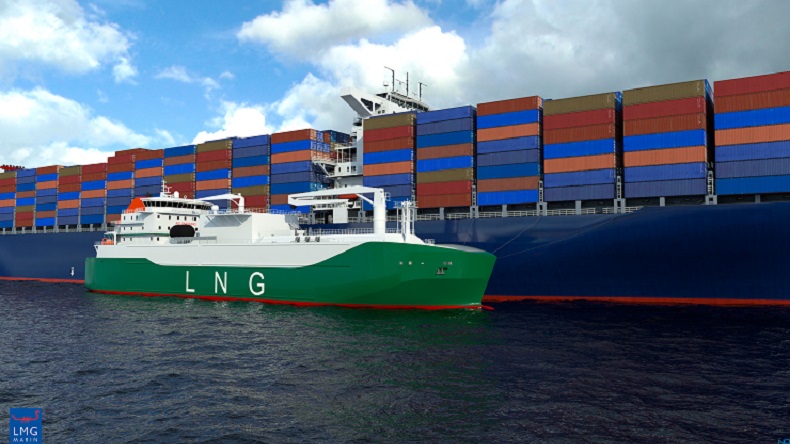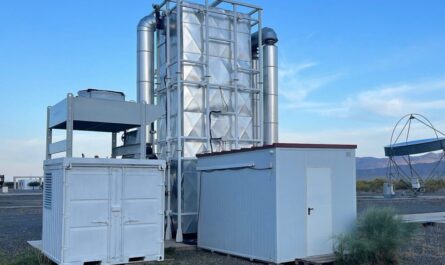The LNG bunkering market provides liquefied natural gas as a marine fuel for ships. LNG as a bunker fuel is a cleaner alternative to conventional fuels like heavy fuel oil and diesel, with significantly lower emissions of sulfur oxides, particulate matter and nitrous oxides. The use of LNG can reduce greenhouse gas emissions from ships by up to 20% compared to conventional marine fuels.
The global LNG bunkering market is estimated to be valued at US$ 806.2 Mn in 2024 and is expected to exhibit a CAGR of 36% over the forecast period 2024 to 2031.
The LNG bunkering infrastructure across regions is expanding rapidly to cater to the growing demand from ports and shipping fleets to reduce emissions.
Key Takeaways
Key players operating in the LNG bunkering market are Royal Dutch Shell Plc., Skangas, ENN Energy, Korea Gas Corporation, Prima LNG, Harvey Gulf International Marine LLC, Bomin Linde LNG GmbH & Co KG, Fjord Line, Crowley Maritime Corporation. The companies are investing aggressively in developing barge and truck-to-ship infrastructure to tap potential business opportunities.
The growing demand for emission compliance coupled with stringent norms by IMO and regional regulatory bodies to cut sulphur and particulate emissions is driving the adoption of LNG as a marine fuel globally. Major ports and shipping companies are increasingly opting for LNG powered vessels requiring bunkering facilities to be available at all ports.
Globally, regions like North West Europe and Far East led by China, Korea are at the forefront with major commitments for expanding LNG infrastructure both on land and sea. Ports in these regions have committed heavy investments to develop bunkering terminals using tanktrucks, bunker vessels and barges to meet the needs of large LNG-fuelled fleet.
Market Key Trends
One of the major market trends is the development of infrastructures for small scale LNG bunkering facilities. With an increasing number of smaller vessels adopting LNG as a fuel, there is a growing need for developing infrastructure for bunkering smaller quantities of LNG. Companies are investing in mobile bunkering units and bunker vessels with smaller capacities less than 7,500 cubic meters to enable bunkering for this fleet. This emerging trend is expected to drive infrastructure growth in new ports and locations.
Porter’s Analysis
Threat of new entrants: New companies need large capital investments to enter the LNG bunkering market due to infrastructure requirements.
Bargaining power of buyers: Buyers have moderate bargaining power since bunkering services have limited substitutes to power large marine vessels.
Bargaining power of suppliers: Suppliers of LNG have strong bargaining power due to limited number of large LNG suppliers and the unique infrastructure requirements.
Threat of new substitutes: Substitute fuel options like conventional bunker fuels are being adopted but none offer the complete solution and cost benefits of LNG currently.
Competitive rivalry: Intense rivalry exists between existing bunkering companies to gain larger clientele and market share in strategic geographic locations.
Geographical regions with market concentration
Currently, Europe accounts for the largest share in the global LNG bunkering market in terms of value. Countries like Norway, Germany and the Netherlands have robust LNG bunkering infrastructure and demand from shipping vessels. Major ports that serve as hubs for LNG bunkering include Rotterdam and Zeebrugge in Europe.
Fastest growing region
North America region is expected to witness the highest CAGR in the LNG bunkering market during the forecast period. This is attributed to increasing LNG production capacities leading to availability of affordable LNG for the marine industry. The presence of large LNG bunkering facilities at major ports in USA is also driving the regional market.




